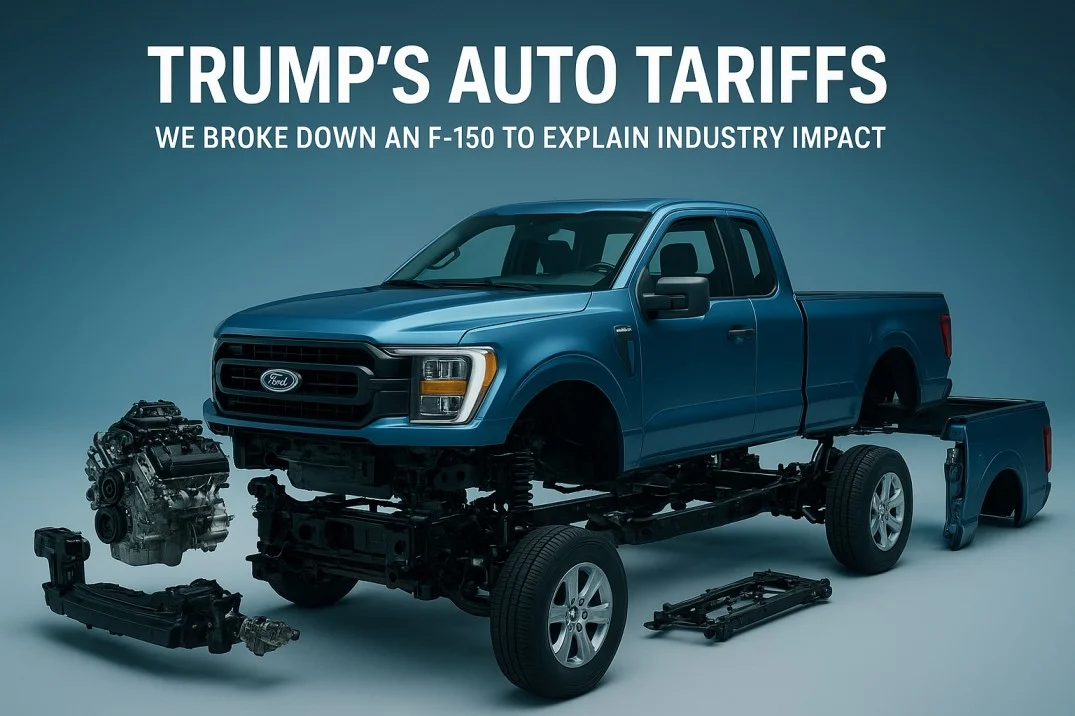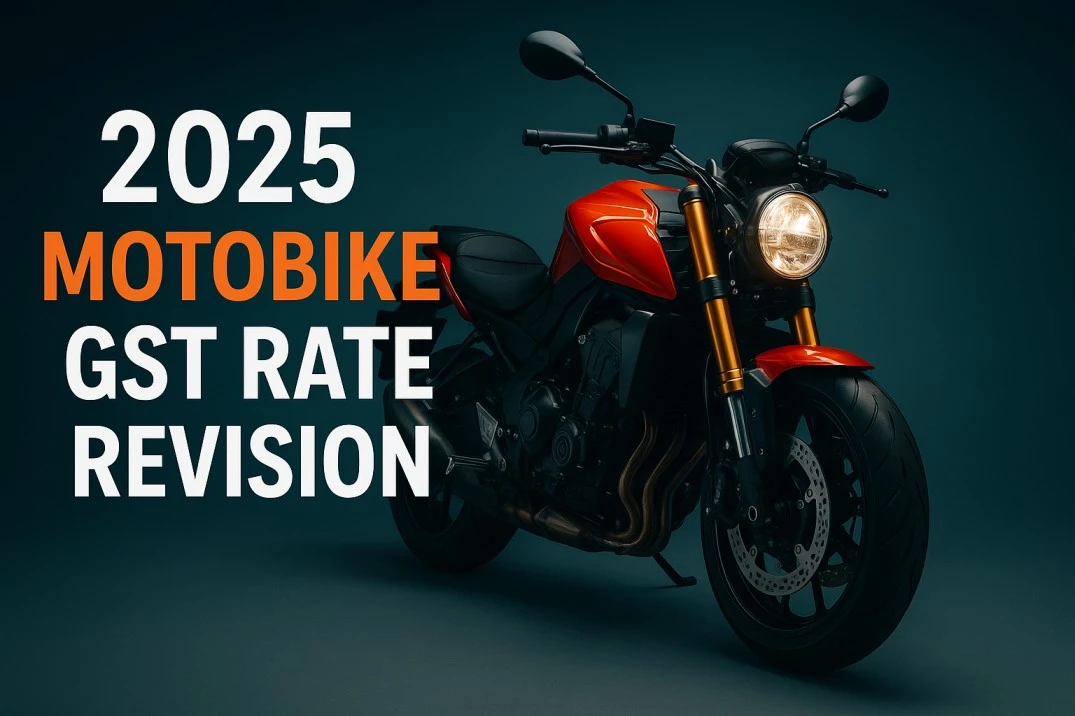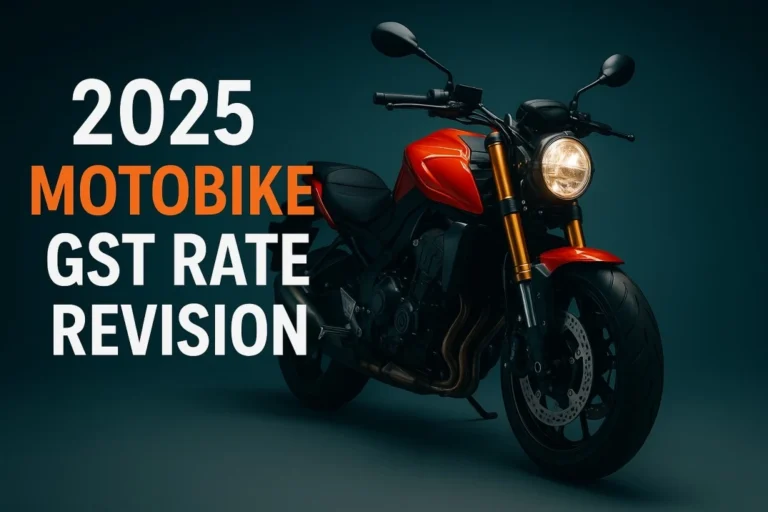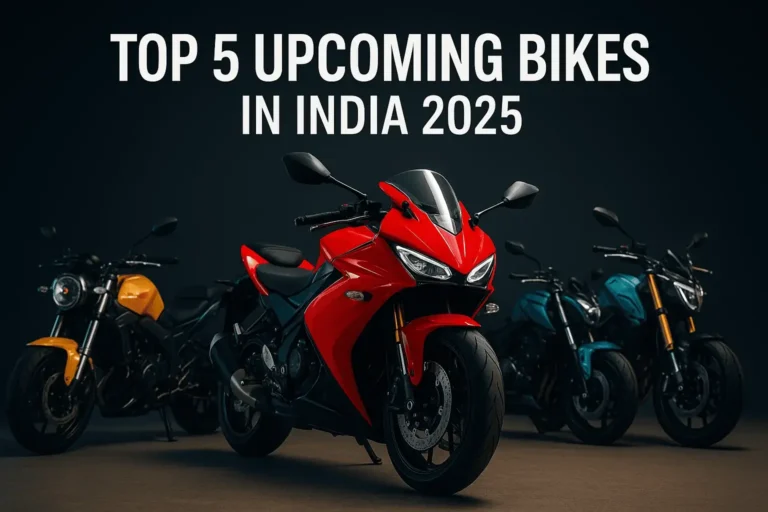Trump’s Auto Tariffs Explained: Breaking Down the Ford F-150 and Industry Impact
- A 25% tariff on all cars that are not made in the United States. If they’re made in the United States, there’s absolutely no tariff.
But no car, not even a US-built Ford F150 is 100% U.S-made. Just look inside.
- It’s made up of thousands and thousands of parts. Those parts come from over 24 different countries.
Countries like Mexico, Canada, Romania, Trump wants these parts to say made in the US, but moving all of this is not so simple.
- To lift and shift that whole thing. That’s kind of like saying, “Ah, pick up the state of Maine and move it over to Wyoming.” Could you do it? I suppose you could, but man, it would be tough duty.
So, let’s break it down to understand what Trump is trying to do with a slew of new tariffs and why automakers are warning it could backfire.
This chart shows where cars sold in the US are coming from. All of these cars now face that 25% auto tariff, but this 53% of U.S-made cars is also affected by that tariff because of all of those foreign parts.
The Complexity of Foreign Parts
- Some of the major components, this is for the Ford F-150. They have an alternator, create current. It’s from Mexico. We have half shafts. These deliver torque to the wheels from the drive line. They’re from Canada. We have tires, of course, five of them. And these come from Korea. Of course, you have to have wheels. In this case, a styled attractive wheels. These all come from Mexico.
How Tariffs Apply to Different Parts
Those tires from South Korea would face that auto tariff and any reciprocal or universal tariff placed on the country. Those parts from Canada and Mexico, well, that’s where it gets more complicated. Eventually, they would face that auto tariff. Any reciprocal or universal tariff and an additional Mexico-Canada tariff. But the White House said, “Parts compliant with the US-Mexico-Canada Trade Agreement, or USMCA, remain tariff-free until there is a process to apply tariffs to their non-US content.” And for some parts, like a transmission, there will be a lot of content to consider.
The Intricate Supply Chain of a Single Part
- When you realize what goes into an automatic transmission, that’s what this is. And so, you can see this plethora of parts, gears, and seals, springs, fasteners, valves, and shafts. All these different parts. They can and come from different suppliers and those suppliers can be located pretty much anywhere in the world.
The Cross-Border Journey of a Transmission
Take a look at this map, showing how Canadian manufacturer Linamar creates transmissions for the US market today. It takes seven border crossings before that part is in a car being sold in the US. These three crossings into the US would eventually face Trump’s tariffs. And even if the manufacturing of all of this was moved into the US, this part, the raw steel would still be subject to Trump’s 25% tariff on imported steel and aluminum.
Immediate Disruption and Increased Costs
- This is going to be disruptive on day one. It’s going to increase the cost of doing business.
Estimating the Added Cost Per Vehicle
The total amount depends on the vehicle. A Cox Automotive estimate shows a car made in the US would incur $3,000 in cost from the Canada-Mexico tariffs, plus another $3,000 from the tariffs on foreign-made auto parts, then research shows an added $400 for the steel and aluminum tariffs and more for any reciprocal or universal tariffs.
Concerns and Presidential Response
- Have you heard any concerns from the automakers though about the tariffs on parts that will go into effect over the coming weeks about what that’s gonna mean-
- They all-
- For the price of American-made cars?
- Well, I gave them a big break for a month. I didn’t charge ’em anything, you know, for a big month, for that first month. And they brought a lot of material into this country because they could bring it in without tariff.
Potential Impact on Production and the Ultimate Goal
But eventually, added production costs could change what cars buyers see on dealer lots.
- You could see a stop in production of a number of vehicles, some of which are very important to some of the automakers.
Trump’s Goal: US Manufacturing and Disrupting the Drug Trade
Trump’s goal, however, is to pressure automakers to make them in the US instead.
- This is gonna lead to the construction of a lot of a lot of plants.
The White House’s Broader Rationale
And the White House said the duties on Canada and Mexico are also meant to disrupt the drug trade.
- We’ve lost millions of people due to fentanyl. It comes mostly from China, but it comes through Mexico and it comes through Canada.
The Industry’s Borderless Reality
The trade group representing Ford, GM, and Stellantis said, “It’s critical that tariffs are done in a way that preserves the competitiveness of the North American auto sector.” North American is the key there. Because of the Trump-negotiated USMCA and NAFTA before it, automakers have essentially viewed these countries as borderless.
- We have really built the industry around that free-trade zone that’s existed for so long.
The Scale of North American Trade
It’s why Mexico and Canada exported about $75 billion in passenger cars and more than a $100 billion in auto parts to the US last year. So, shrinking supply chains to just the US?
The Time and Challenge of Moving Production
- If you had to move production of a vehicle or even a complex system like an engine, a transmission, an axle, and you’re making that in Canada or you’re making that in Mexico and you just wanna move the plant, that could be years.
The Rigorous Process of Changing Suppliers
Analysts say even shifting a foreign-made part to a US supplier can take months.
- We have well-established, very detailed testing plants for every component on a vehicle, and we don’t get to skip those just because we might want to or it might be easy, right? Because, you know, it’s a safety and quality issue. It costs money and it costs lives when we get those things wrong.
The Inevitable Result: Higher Costs and Potential Job Losses
So, either choice, moving production or facing the tariffs come with added costs, some of which economists say will be passed on to consumers. That will push up already elevated car prices. This could then tamp down demand and slow production.
- If there’s less production, there’ll be less demand for workers in the North American auto industry. Even before you get the cut in profitability, there’ll probably be a push for more labor-saving investment in US production to try to compensate for the increased costs elsewhere in the production process.
Investment in Automation, Not Necessarily Jobs
That labor-saving investment analysts say will come in the form of automation.
- When you move production to the US, you do it, you know, because you need to be close, but it doesn’t necessarily bring a lot of jobs with it. It brings a lot of automation.
Union Response and the Need for Certainty
But the United Auto Workers Union applauded Trump’s tariff on foreign autos, adding, “It’s now on the automakers to bring back good union jobs to the US.” To make investments months or years into the future, automakers need-
- Certainty and stability. They want it to be clear what’s gonna happen, when it’s going to happen, and why it’s going to happen.
The Cost of Uncertainty
But automakers are still waiting for clarity on the extent and application of the various tariffs, especially after the pause and then temporary exemption from the Mexico-Canada tariffs.
- The uncertainty of weather and how long these tariffs will stick around is creating real dollars waste in terms of warehousing and trucking, and call it soft waste, wasted time, wasted energy, wasted attention that could be better deployed, building and designing the next vehicle, the next system.
A Distraction from the Larger Threat
That time spent debating if this alternator should continue to come from Mexico or this cross beam from Canada is, to some, a distraction from the larger disruptors in the industry, namely the fast-moving Chinese competition. China is now the world’s largest vehicle exporter.
The Need for Speed in a Changing Industry
- Very tumultuous time in the industry, for sure. Things are changing faster than they ever did before. And at the end of the day, you have to remember, it’s not the big that eat the small, it’s the fast that eat the slow. And so, whatever you are, don’t be the slow. Move quickly.


















